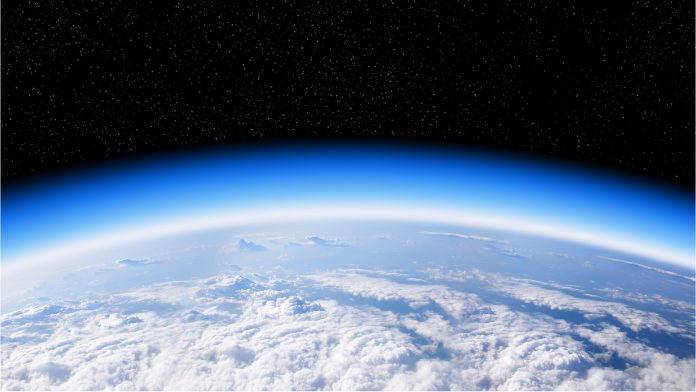Researchers at the Universities of Cambridge and Leeds have developed an innovative new method for measuring ozone layer depletion.
The new system – called the Integrated Ozone Depletion (IOD) metric – assesses the impacts of ozone-destroying substances that jeopardise the ozone layer’s recovery. The IOD provides an effective way to evaluate the effects of unregulated emissions of substances that cause ozone depletion, enabling scientists and policymakers to adjust ozone layer protection measures.
The research is published in Nature.
Causes of Ozone depletion
The ozone layer is situated in a layer of the Earth’s atmosphere known as the stratosphere and acts as a crucial protection barrier against the harmful effects of the Sun’s ultraviolet rays. To combat harmful gases that deplete the ozone layer, such as chlorofluorocarbons (CFCs), an international treaty known as the Montreal Protocol was implemented to phase out CFCs. However, despite being largely successful, illegal breaches of the Protocol put a risk on ozone recovery.
Developing the IOD
The IOD metric was designed by a team at the National Centre for Atmospheric Science at the University of Cambridge and the National Centre for Earth Observation at the University of Leeds. The method evaluates the impact of any new emissions on the ozone layer by considering three things: emission strength, its duration in the atmosphere, and how much ozone is chemically destroyed by it.
Professor John Pyle, from the National Centre for Atmospheric Science and the University of Cambridge and the lead author of the study, said: ” Following the Montreal Protocol, we are now in a new phase – assessing the recovery of the ozone layer. This new phase calls for new metrics, like the Integrated Ozone Depletion – which we refer to as the IOD.
“Our new metric can measure the impact of emissions – regardless of their size. Using an atmospheric chemistry computer model, we have demonstrated a simple linear relationship between the IOD, the size of the emissions and the chemical lifetimes. So, with knowledge of the lifetimes, it is a simple matter to calculate the IOD, making this an excellent metric both for science and policy.
“The IOD will be very useful for monitoring ozone recovery, and especially relevant to regulators who need to phase out substances with the potential to destroy ozone chemically.”
The IOD was designed by employing a computer model of the atmosphere – the UK Chemistry and Aerosols model (UKCA), which calculates future levels of important chemicals, such as ozone in the stratosphere.
Dr Luke Abraham, a co-author from the University of Cambridge, concluded: “We have used the UKCA model to develop the IOD metric, which will enable us to estimate the effect of any new illegal or unregulated emissions on the ozone layer. In the UKCA model, we can perform experiments with different types and concentrations of CFCs and other ozone-depleting substances.
“We can estimate how chemicals in the atmosphere will change in the future and assess their impact on the ozone layer over the coming century.”





